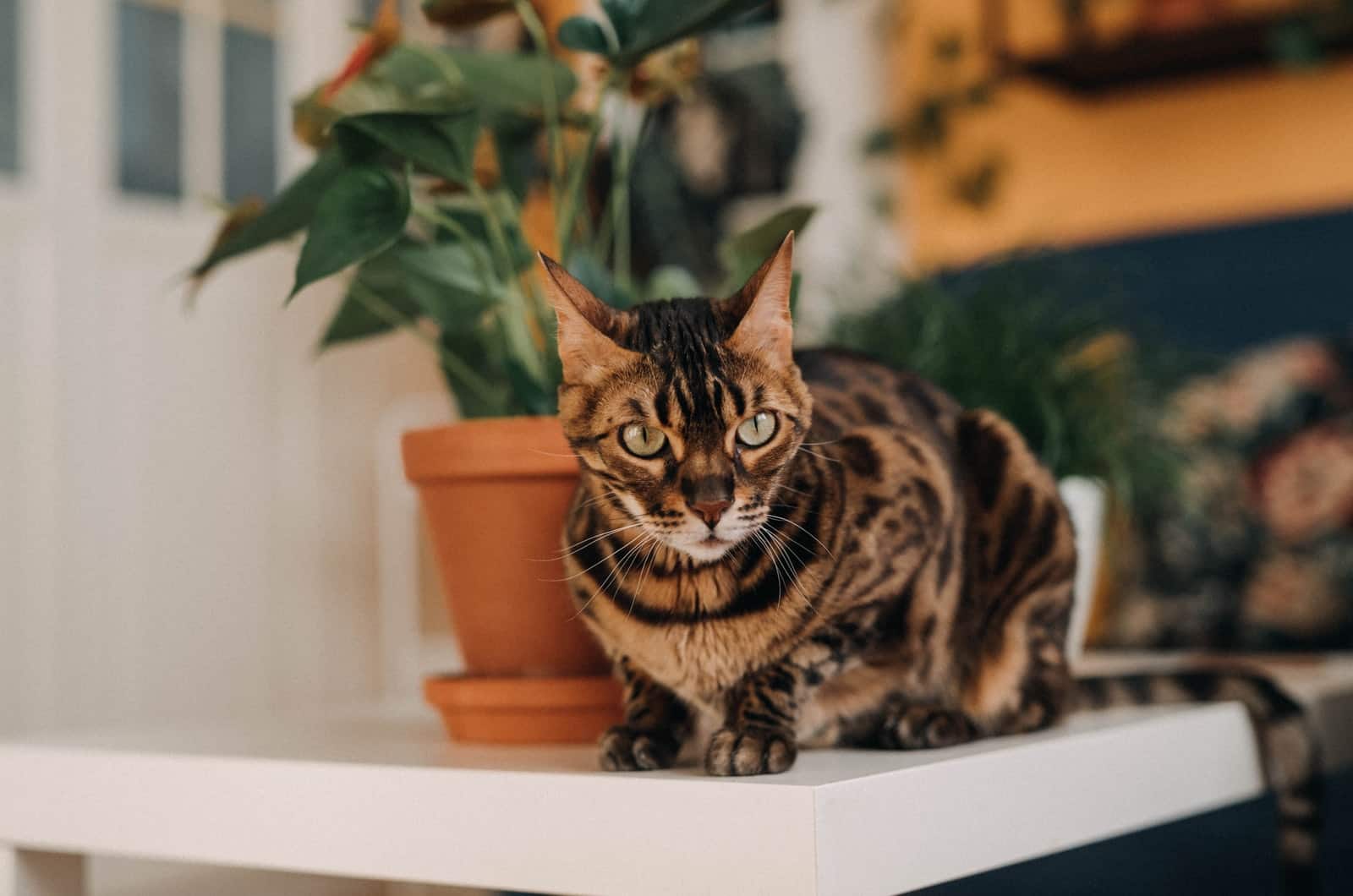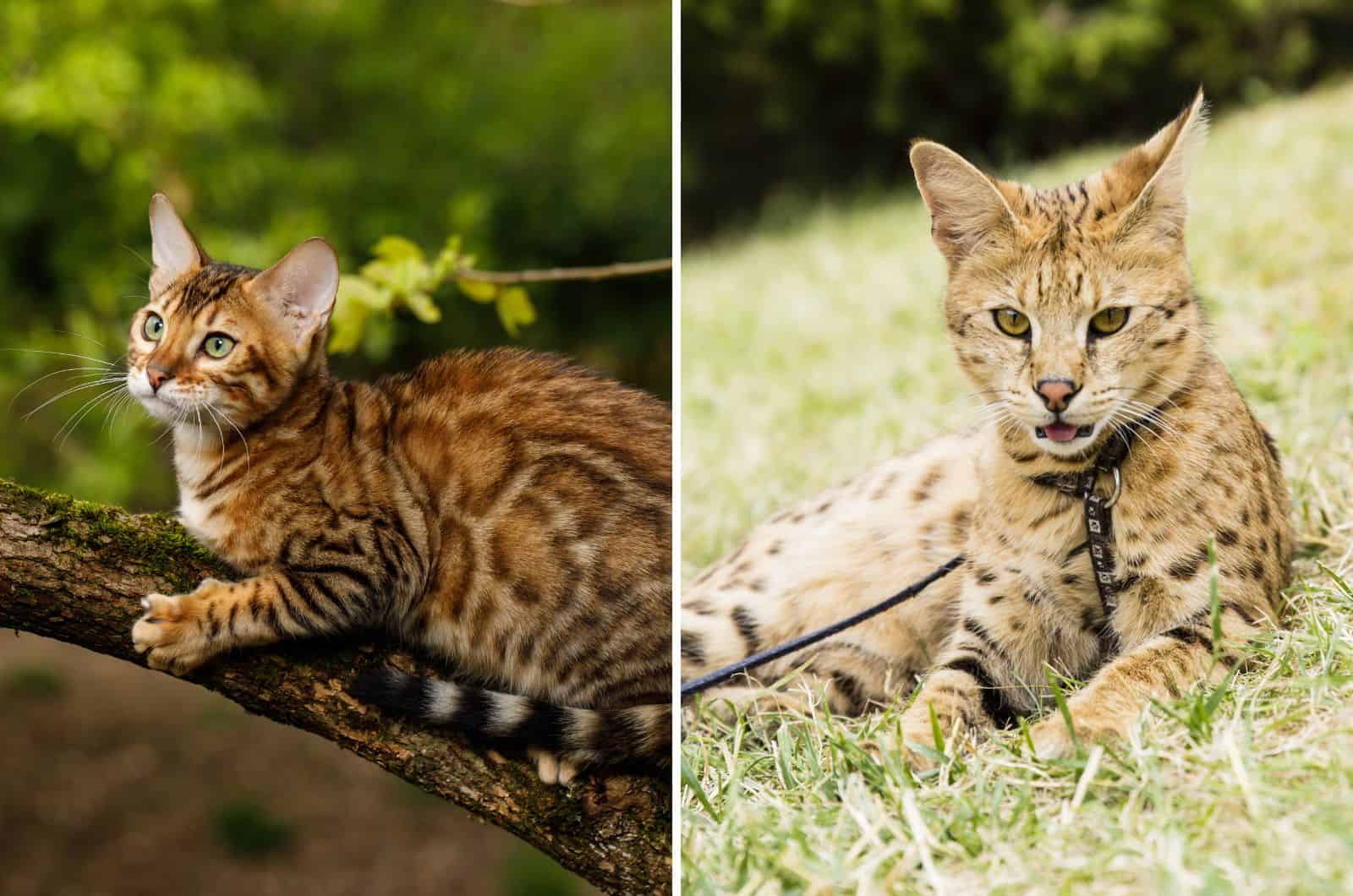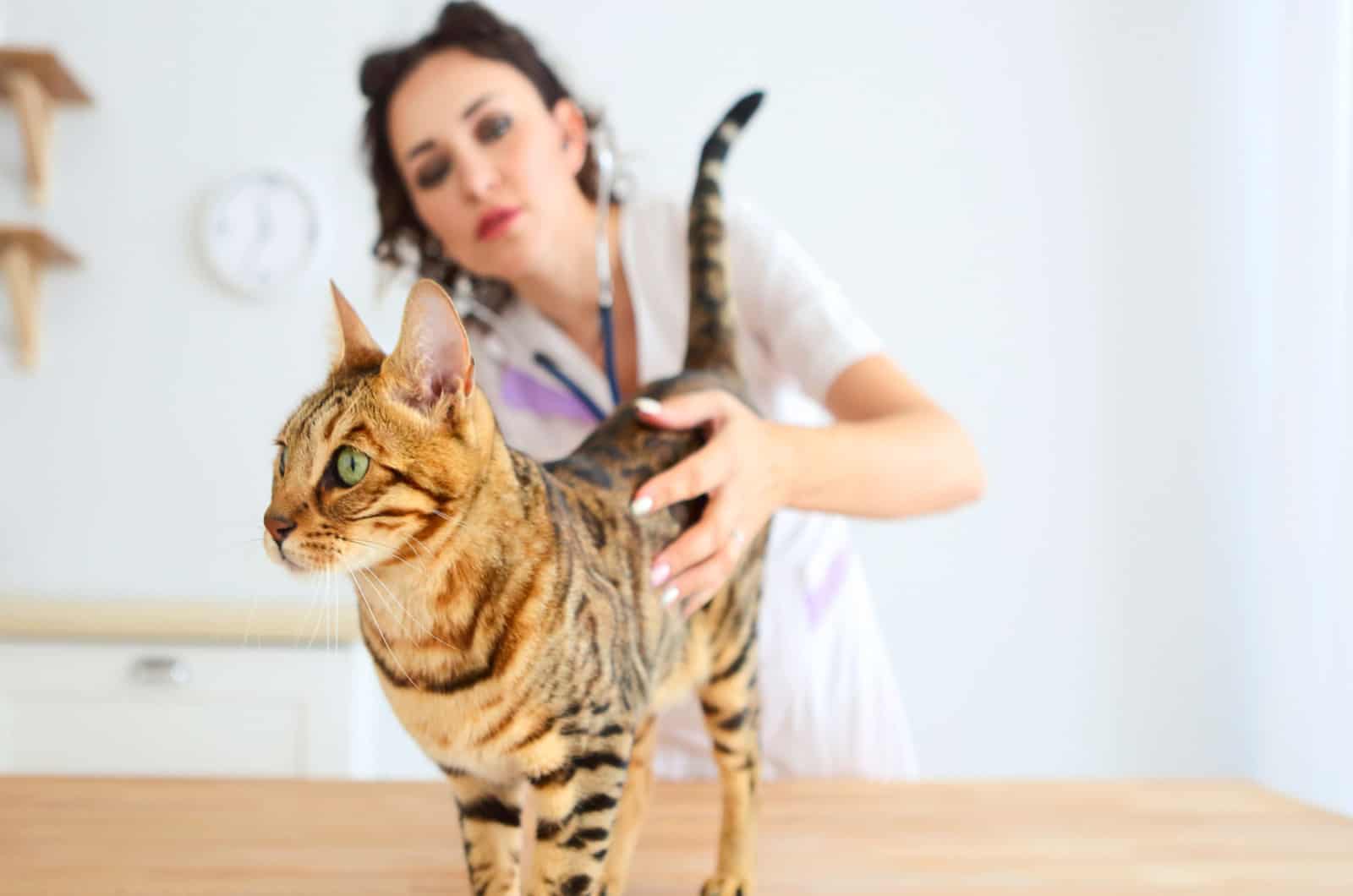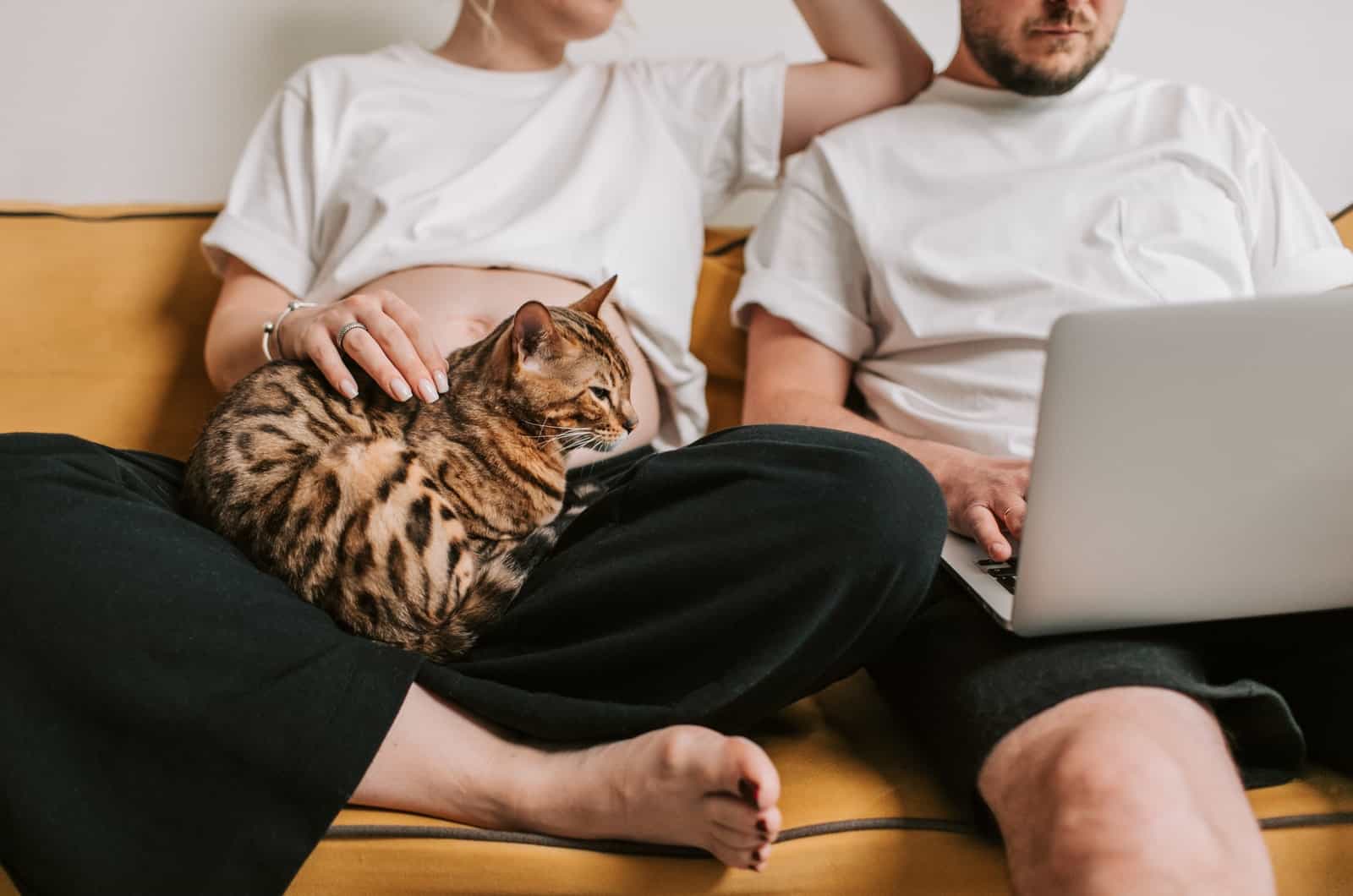If you’re not familiar with Bengal and Savannah cats, you might mistake them for being the same. However, these two breeds are completely different and it’s crucial to understand their distinctions before bringing one into your home.
Both Bengal and Savannah cats are considered exotic because they are hybrid breeds of wild cats. Therefore, it’s essential to educate yourself about these unique feline companions to know what to expect when adopting one.
While these wild feline hybrids have some similarities, there are also significant differences between Bengal and Savannah cats. To determine which breed suits you best, it’s important to learn about their similarities and what sets them apart. So, read on to gain insight into Bengal vs Savannah cats and make an informed decision about which one would make the perfect pet for you!

Characteristics of Bengal Cats:
– Height: Between 17 to 22 inches
– Weight: Ranges from 8 to 17 pounds
– Activity Level: High
– Lifespan: Typically 10 to 16 years
– Grooming Needs: Moderate
– Family-Friendly: Yes
– Pet-Friendly: Yes
The Bengal cat is a unique hybrid breed originating from the crossbreeding of a domestic black tomcat with a wild Asian leopard cat by breeder Jean Mill. Known for their distinctive appearance, Bengal cats are medium-sized with muscular bodies and stand out due to their unusual coat coloring and markings.
Despite their wild ancestry, Bengal cats have been bred with other Bengals, resulting in specific breed characteristics. Notably, the breed was officially recognized by The International Cat Association (TICA) in 1983, marking it as a newer breed in the cat world.

Savannah Cat Breed Information
Size:
Height: 17-22 inches
Weight: 12-25 pounds
Activity Level:
High
Lifespan:
12-20 years
Grooming Needs:
Minimal
Suitable for Families:
Yes
Good with Other Pets:
Yes
The Savannah cat is a hybrid breed that results from crossing an African Serval cat with a domestic cat. Known for its exotic appearance, resembling a wild cat more than a typical house cat, Savannah cats are larger than most domestic breeds with distinctive large ears and small heads. While they have become popular since the 1990s, finding reputable breeders can be a challenge due to their relatively recent recognition by The International Cat Association (TICA) in 2001.
When comparing Savannah cats to Bengal cats, one can spot some similarities in their wild-like markings and behavior. Despite their differences, both breeds are captivating and unique in their own ways.

Descended from wild cats, Bengal and Savannah cats share more similarities than just their ancestry. Despite being distinct breeds, they both exhibit high energy levels and require ample space to romp around. Providing them with top-tier cat food is essential to meet their nutritional needs due to their active nature. Additionally, regular grooming is necessary to maintain their healthy coats, which shed minimally. These talkative felines also have a peculiar fondness for water and enjoy exploring their surroundings, showcasing their intelligence and curiosity. While both breeds have a healthy lifespan, Bengals may be more susceptible to certain health issues. Understanding these differences can help potential cat owners decide which breed suits them best.

Having explored the common traits of Bengal and Savannah cats, it’s now time to delve into what sets them apart from each other.
Let’s start with temperament. Bengal cats are known for their high energy levels and intelligence, reminiscent of their wild ancestors. They thrive on mental stimulation and enjoy playing games. However, if not properly trained and socialized, they can become mischievous. These talkative felines will always let you know what they want, making them not ideal for those seeking a quiet lap companion.
On the other hand, Savannah cats exhibit dog-like loyalty towards their owners. They are also very intelligent and can learn tricks quickly. Despite their friendly nature, proper training and socialization are essential for ensuring a well-behaved pet.
When it comes to size, Bengals are comparable to an average house cat, ranging from 17 to 22 inches in height. In contrast, Savannah cats are larger, with heights varying from 17 to 22 inches and weights reaching up to 25 pounds. Factors such as gender and generation can influence the size of these cats.
Distinctive coat colors and markings further differentiate these breeds. Bengal cats feature lighter coats with leopard-like markings, while Savannah cats sport spotted coats in various colors such as silver tabby, brown tabby, and black per TICA standards.
Both Bengal and Savannah cats are known for their hefty price tags due to their rarity, unique origins, and appealing personalities. While Bengal kittens can cost between $1000 to $10000, Savannah kittens typically range from $2000 to $20000, with higher prices for f1 Savannahs.
It’s crucial to be cautious of unusually low prices, as they may indicate impurebred or unhealthy cats. Overall, whether you opt for a Bengal or Savannah, be prepared for both the financial investment and the joy of welcoming a special and unique feline companion into your home.

Due to their wild ancestors, both Bengal and Savannah cat breeds may be predisposed to certain hereditary health issues. Savannah cats, in particular, are known for their overall good health and can live up to 12 to 20 years. However, it’s essential to note that health problems may affect Bengal and Savannah cats differently, with Bengal cats being more susceptible to some issues.
Some common health concerns in these cat breeds include hypertrophic cardiomyopathy, a genetic heart disease that can be life-threatening if not managed properly. Progressive retinal degeneration, on the other hand, is more common in Bengal cats and might lead to vision loss over time.
In terms of behavior, Savannah cats tend to exhibit a more wild demeanor compared to Bengal cats, often displaying loyalty and following their owners like a dog. While Bengal cats also have wild traits, they lean towards domesticity due to a higher percentage of housecat DNA. Despite being calmer than Savannah cats, Bengals are quick to engage in playtime activities.
When it comes to choosing between Bengal and Savannah cats as pets, consider your preferences for temperament and interaction style. Both breeds have unique qualities that make them wonderful companions, so it ultimately depends on your lifestyle and preferences.

Determining which cat breed is the best fit for you really depends on your lifestyle and what you can provide for your future feline companion. Both Savannah and Bengal cats require a lot of attention and playtime, so if you’re not able to give them that, you may want to consider a different breed.
If you prefer a larger cat with a dog-like personality and have a spacious environment for them to roam, then a Savannah cat would be a great choice for you. On the other hand, if you’re looking for a cat with an exotic appearance but a more typical domestic cat personality, then a Bengal cat would be perfect.
When it comes to choosing between a Savannah and a Bengal cat, it really comes down to your preferences and what you can offer to your pet. Remember, both of these breeds have wild genes and require proper training and socialization to be good pets. If you can provide a Savannah cat with lots of love, attention, and activity, they may be the right choice for you. However, if you prefer a cat with a calmer demeanor and exotic appearance, a Bengal cat might be the better fit.
Ultimately, the decision between a Bengal and a Savannah cat is up to you. Just make sure you are prepared to meet their needs and provide them with everything they require to be happy and healthy. If you have any concerns or need advice, don’t hesitate to consult with an animal behaviorist.

